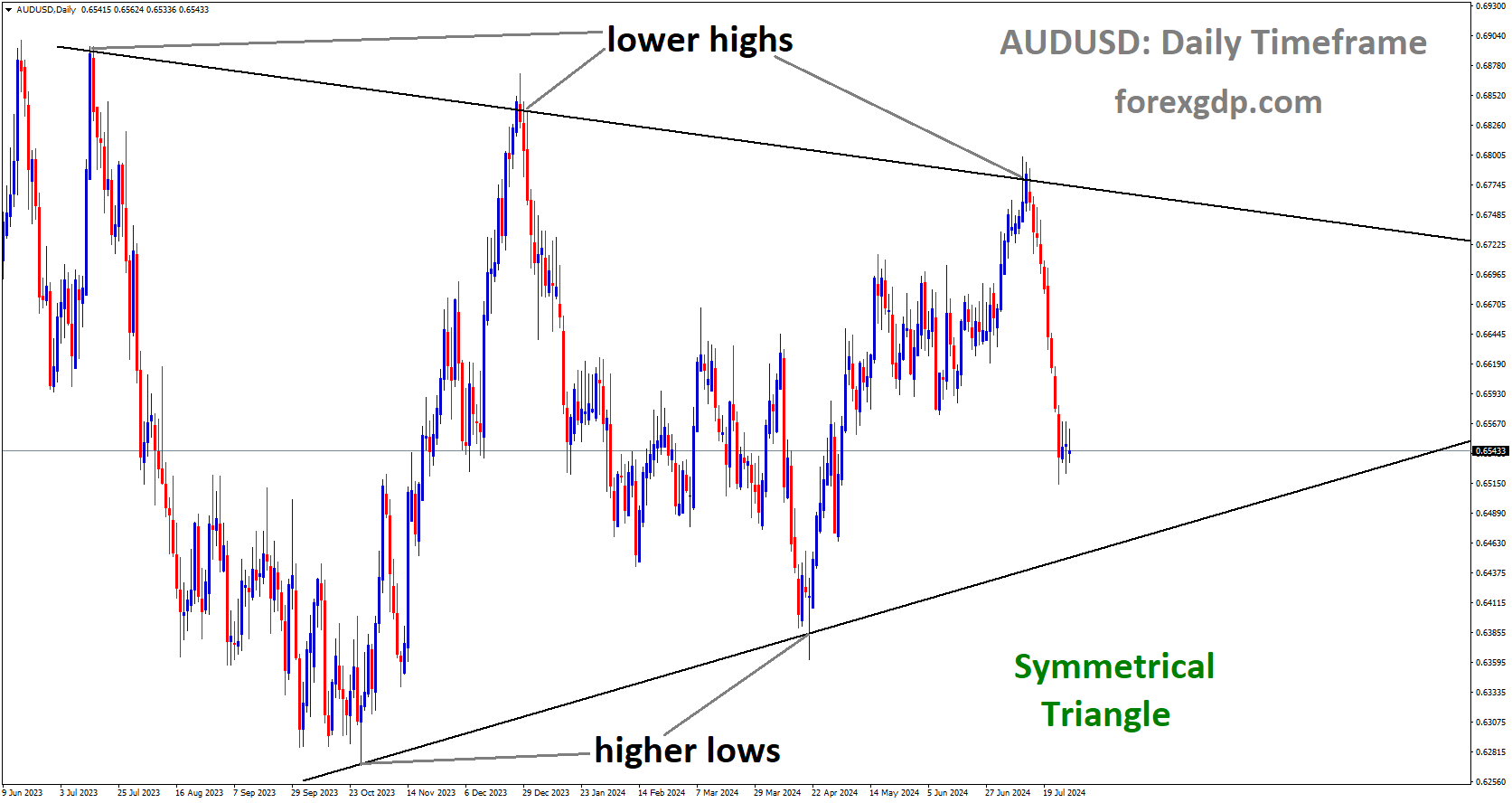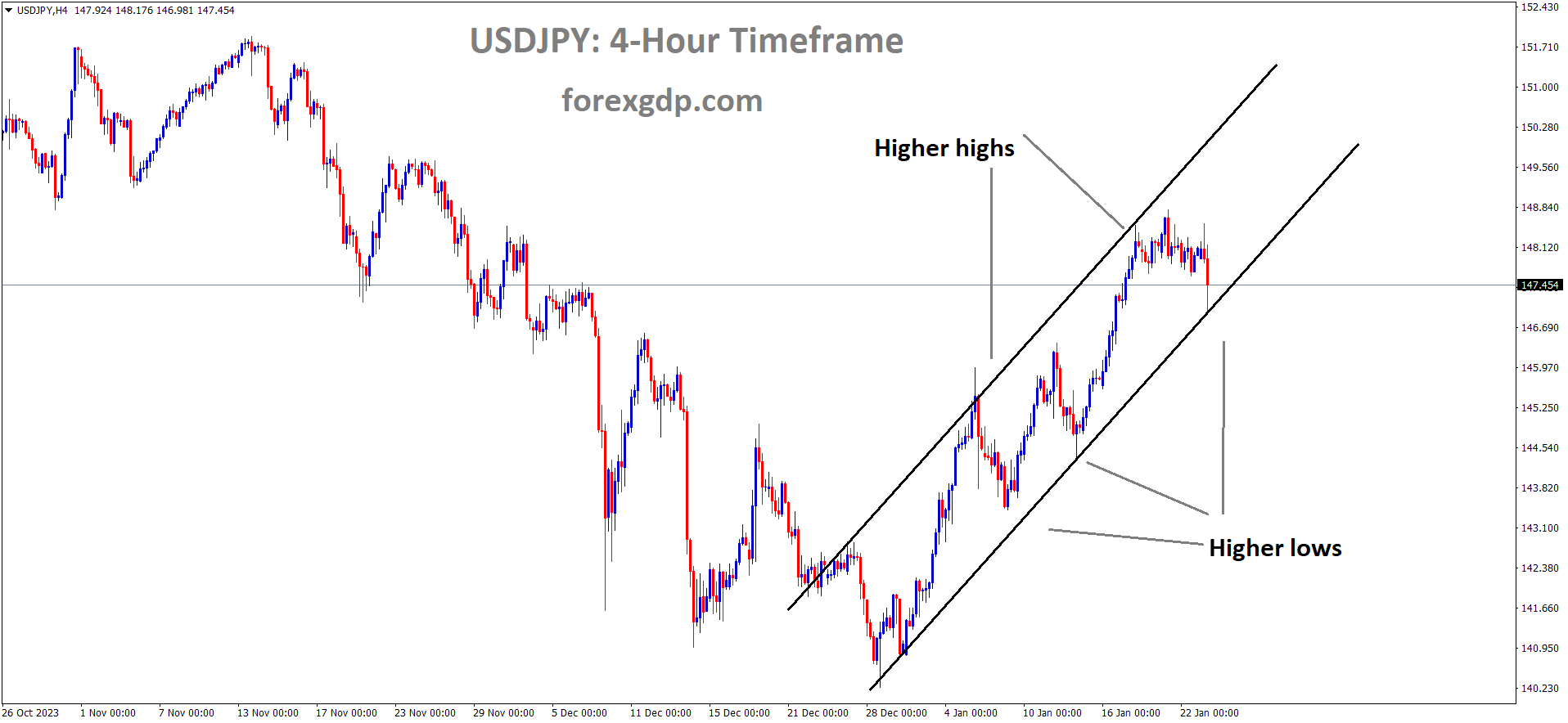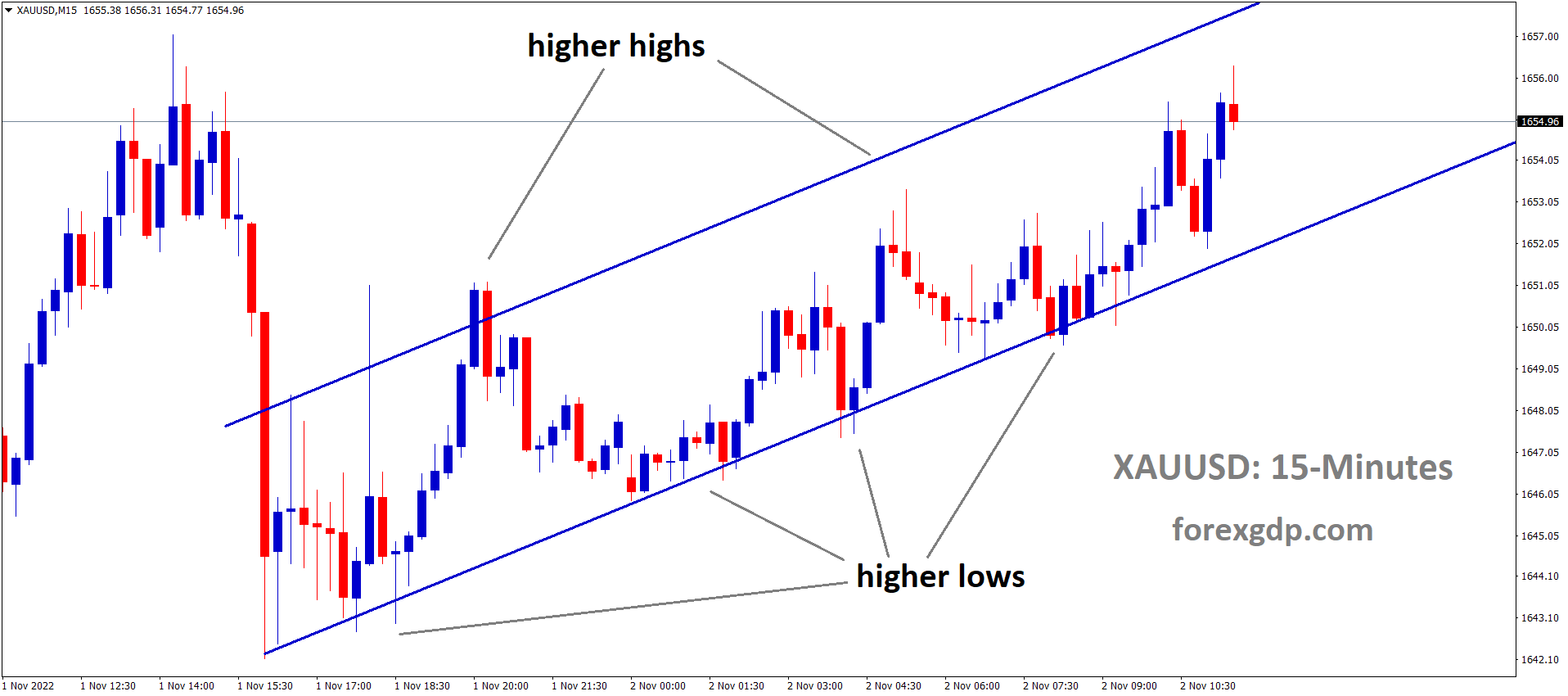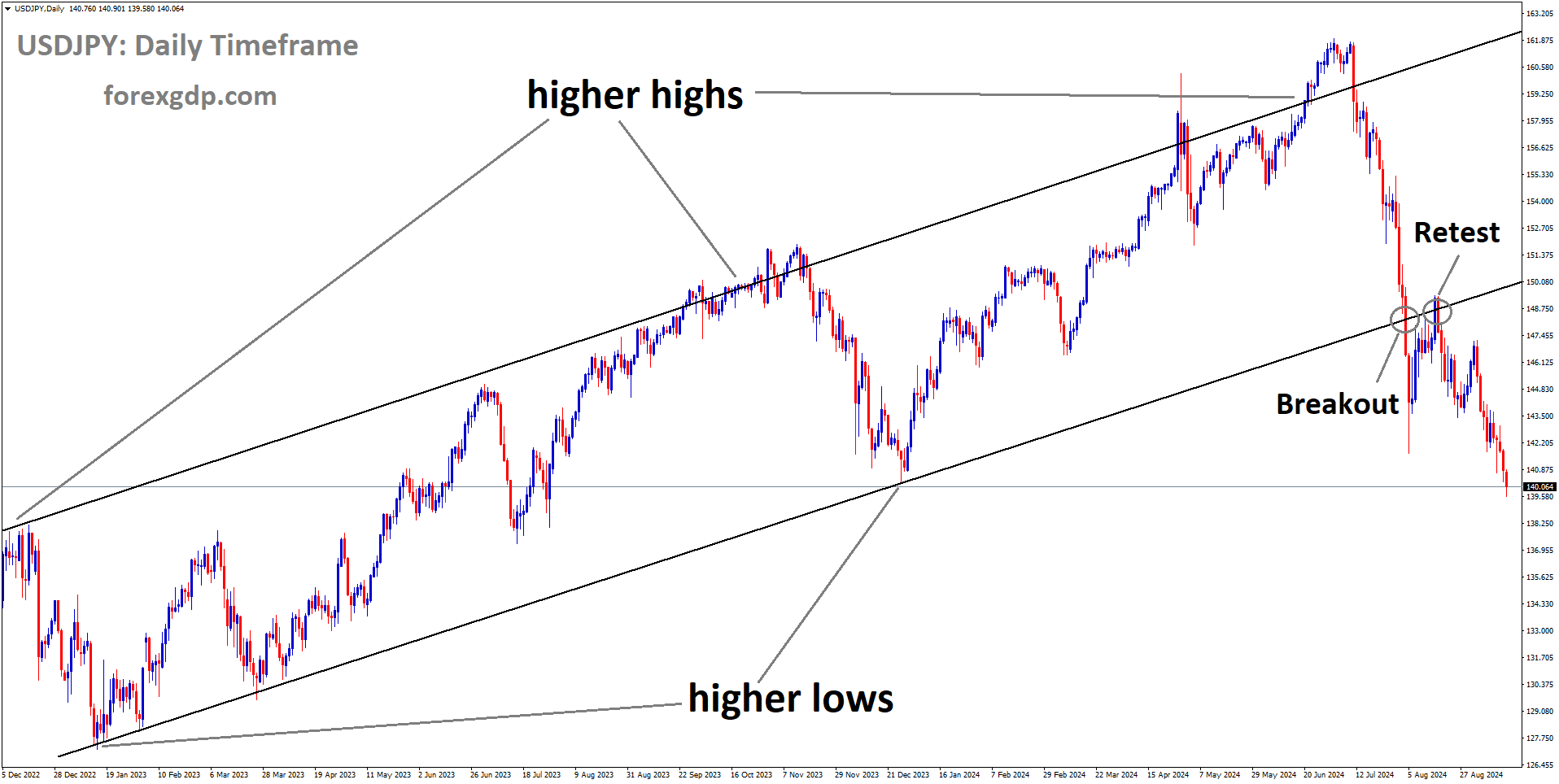AUDUSD is moving in Ascending channel and market has reached higher low area of the channel
The Australian Dollar’s Rise Amid Economic Uncertainty
The Australian Dollar (AUD) has been making waves in the financial markets, and it’s no wonder why. Recent data and economic indicators have shed light on the country’s economic landscape, influencing the Reserve Bank of Australia’s (RBA) policy decisions. Let’s dive into what’s been happening and what it could mean for the future.
The Impact of Building Permits and Inflation Data
Building Permits: A Sudden Decline
Australia’s building permits took a sharp turn in June, declining by 6.5% month-over-month. This was a stark contrast to the 5.7% increase seen in May. The drop was more significant than expected, suggesting a slowdown in the construction sector. On an annual basis, building permits fell by 3.7%, which is concerning but not as severe as the 8.5% decline from the previous year.

This data isn’t just about numbers; it reflects broader economic trends. A drop in building permits can signal reduced future construction activity, which might impact employment and economic growth. It’s a critical piece of the puzzle that economists and policymakers watch closely.
Inflation and the RBA’s Next Move
On the inflation front, Australia’s Consumer Price Index (CPI) data, released on Wednesday, showed signs of re-acceleration in headline inflation for the second quarter. This data is crucial because it influences the RBA’s decisions on interest rates. The central bank aims to control inflation and support economic growth, balancing these often-competing goals.
Analysts had anticipated a steady core inflation rate, and the actual figures didn’t disappoint. However, the possibility of an interest rate hike by the RBA next week has sparked debate. While some argue that higher rates could cool down inflation, others warn that it might hinder Australia’s economic recovery. The RBA’s decision will be closely watched, as it could set the tone for the country’s economic trajectory.
The US Dollar’s Woes and Fed Rate Cuts
Fed’s Interest Rate Outlook
On the other side of the world, the US Dollar (USD) is facing its own set of challenges. The Federal Reserve (Fed) has been under pressure, with market expectations leaning towards a rate cut in September. Signs of cooling inflation and a softening labor market in the United States have fueled these expectations.
The US Personal Consumption Expenditures (PCE) Price Index, a key measure of inflation, rose by 2.5% year-over-year in June. This was a slight decrease from May’s 2.6%, indicating a potential easing of inflationary pressures. The core PCE inflation, which strips out volatile food and energy prices, remained steady at 2.6%.

AUDUSD is moving in Symmetrical Triangle and market has fallen from the lower high area of the pattern
These figures are critical because they provide insight into the Fed’s next moves. While some market participants believe the Fed could implement rate cuts as early as December, others argue that the US economy remains robust enough to delay such measures. The Fed’s decisions are not just about numbers; they affect everything from mortgage rates to consumer spending and investment.
Broader Economic Sentiments and Market Movements
Australian Economic Outlook
The National Australia Bank (NAB) has projected that the RBA’s cash rate will stay at 4.35% until May 2025. They foresee a gradual decline to 3.6% by December 2025, with further decreases in 2026. This outlook reflects a cautious approach, considering the current economic uncertainties.
Moreover, the Australian Prudential Regulation Authority (APRA) recently highlighted a slow increase in arrears rates, indicating potential financial stress among borrowers. Their assessment underscores the delicate balance the RBA must maintain between supporting economic growth and controlling inflation.
Global Economic Context
Globally, economic conditions are mixed. While the US shows signs of slowing inflation, other regions grapple with different challenges. The Bank of America’s recent commentary suggests that the US economy is strong enough to “afford to wait” before making any drastic policy changes. This sentiment underscores the complexity of navigating economic policies in a globalized world.
Final Summary
The Australian Dollar’s recent movements reflect a complex interplay of domestic and international factors. From the surprising decline in building permits to the steady inflation figures, Australia’s economic landscape is full of uncertainties. The RBA’s upcoming decisions will be pivotal in shaping the country’s future.

Meanwhile, in the United States, the Fed faces its own set of challenges, with market participants keenly watching for any signs of policy shifts. As the global economy remains in flux, both central banks’ actions will significantly impact their respective currencies and broader economic conditions.
In these uncertain times, staying informed and understanding the underlying economic indicators is crucial. Whether you’re an investor, a business owner, or just someone interested in the economy, keeping an eye on these developments can help you navigate the financial landscape more effectively.
Don’t trade all the time, trade forex only at the confirmed trade setups
Get more confirmed trade signals at premium or supreme – Click here to get more signals , 2200%, 800% growth in Real Live USD trading account of our users – click here to see , or If you want to get FREE Trial signals, You can Join FREE Signals Now!





